Daniel Galadza
The Liturgical Reception and Commemoration of the First Council of Nicaea
Eastern Theological Journal 8 (2022) 2, 181-217
Content
Introduction; 1. Nicaea I and Liturgy; 2. The Liturgical Reception of the Canons; 3. The Liturgical Commemoration of the Council; 4. The Byzantine Rite Akolouthia for the Council of Nicaea I; Concluding Remarks
Abstract
This paper looks at the Council of Nicaea of 325, its texts that relate to liturgy, their reception, and the commemoration of the council in various liturgical traditions. Both the date of the council and the number of participants is not completely clear from the historical record, leading to later hypotheses and symbolic interpretations of the timing and the number of those in attendance. Byzantine historians believe the council likely took place at the end of May, after Pascha but before Pentecost, and the number of participants was first proposed by Hilary of Poitiers as 318, coinciding with the number of Lot’s servants (cf. Gen. 14:14). Each of the twenty canons of the council regulated aspects of liturgical life to varying degrees, with certain liturgical practices being not a consequence of Nicaea but preceding the doctrine defined there. The council’s Symbol of Faith also entered liturgical practice, first attested in the Eucharistic liturgy in Constantinople in the sixth century, coinciding with the liturgical commemoration of the Council of Nicaea both annually as a feast day and within the context of the diptychs of the Anaphora in the Eucharistic liturgy. After a survey of the early Jerusalemite, Constantinopolitan, Coptic, Ethiopian, Syrian, and Latin traditions, the paper analyses the hymnography of the Byzantine Rite akolouthia for the Council of Nicaea I. These hymns reveal a fusion of various ecumenical councils in their historical narration of the events and doctrines of Nicaea that make it difficult to distinguish one council for another and to speak of the first Council of Nicaea without taking into consideration the other, later councils, such as Constantinople, Ephesus, and Chalcedon, which themselves influenced the liturgical reception and commemoration of the first Council of Nicaea.
